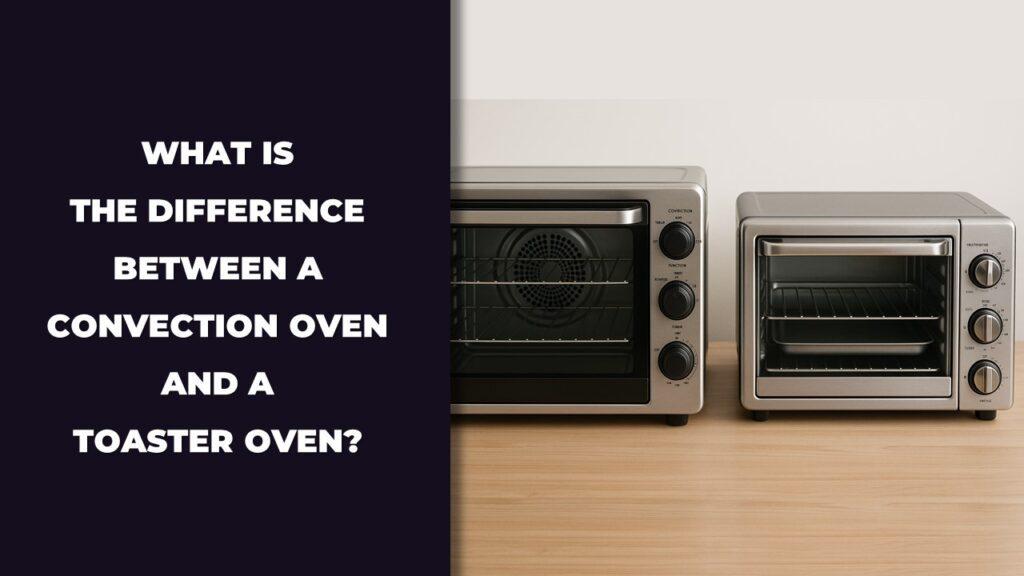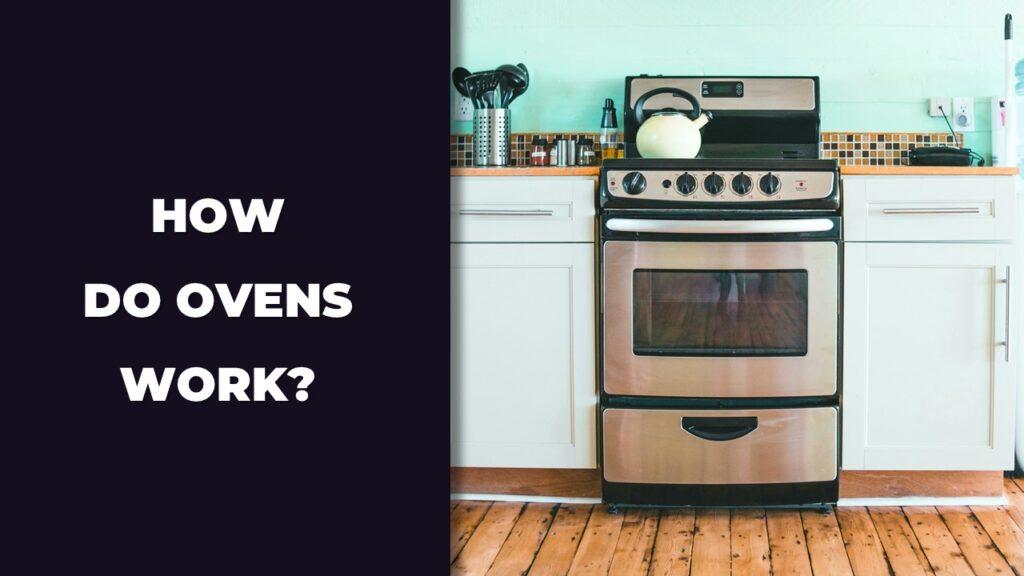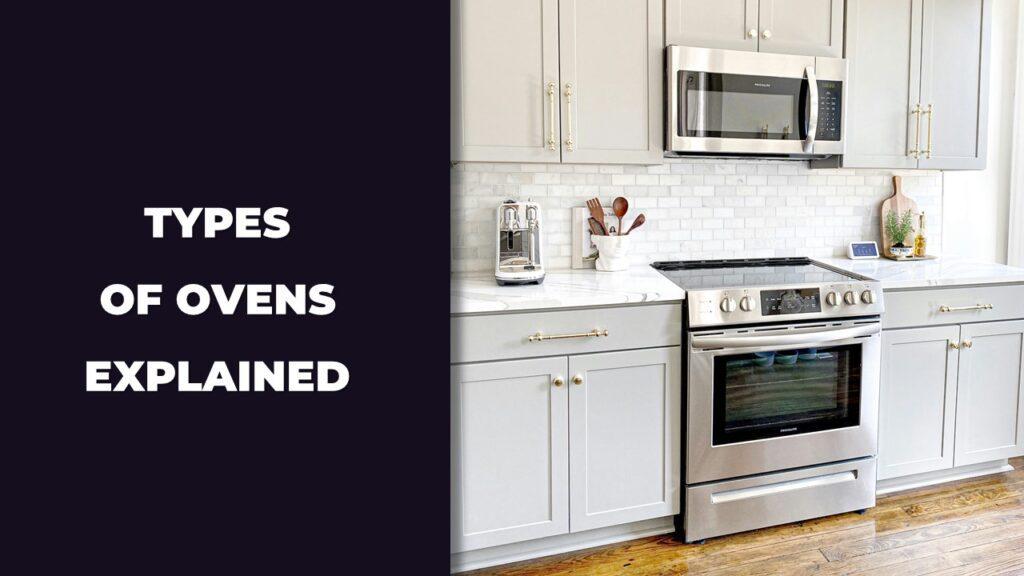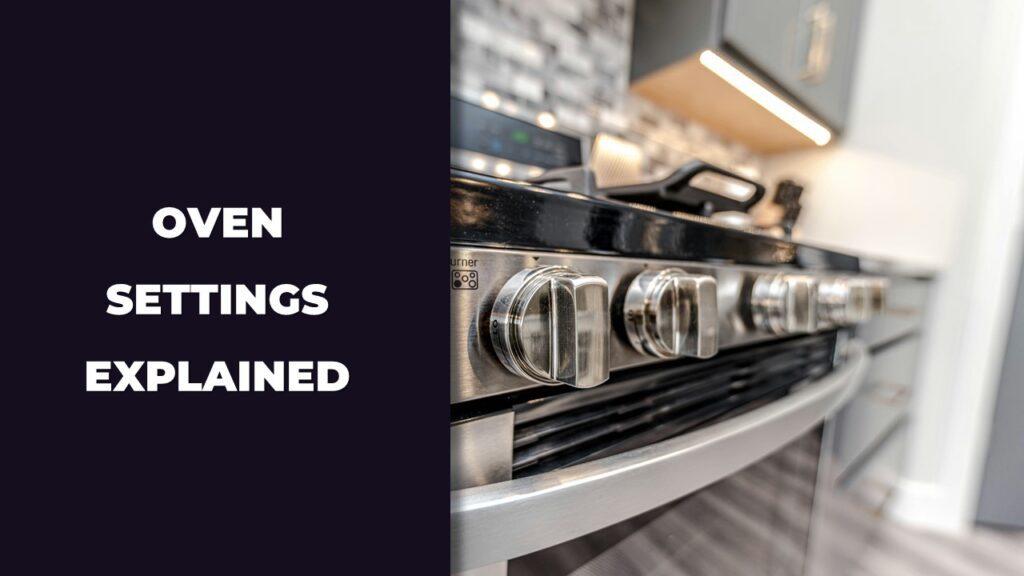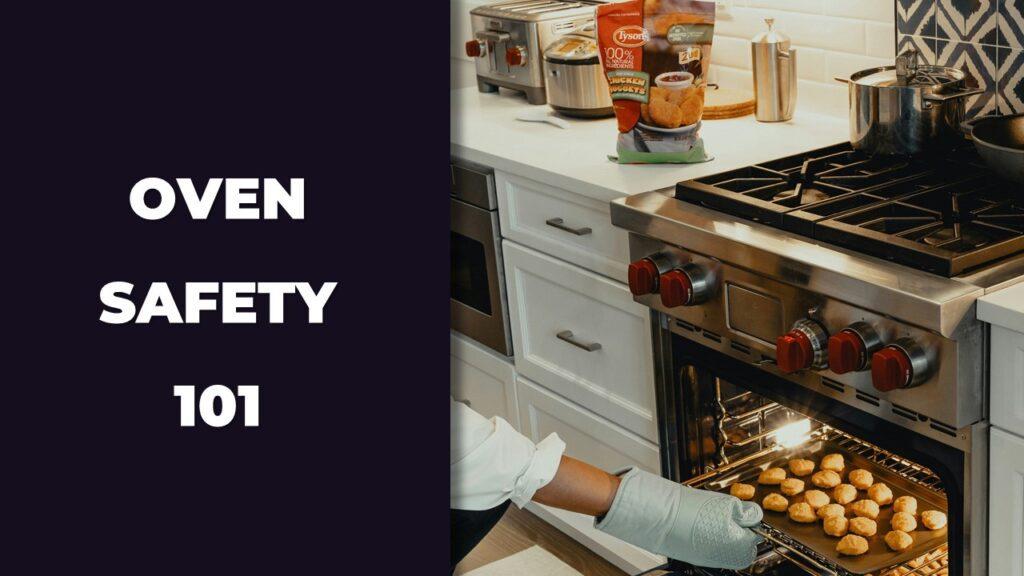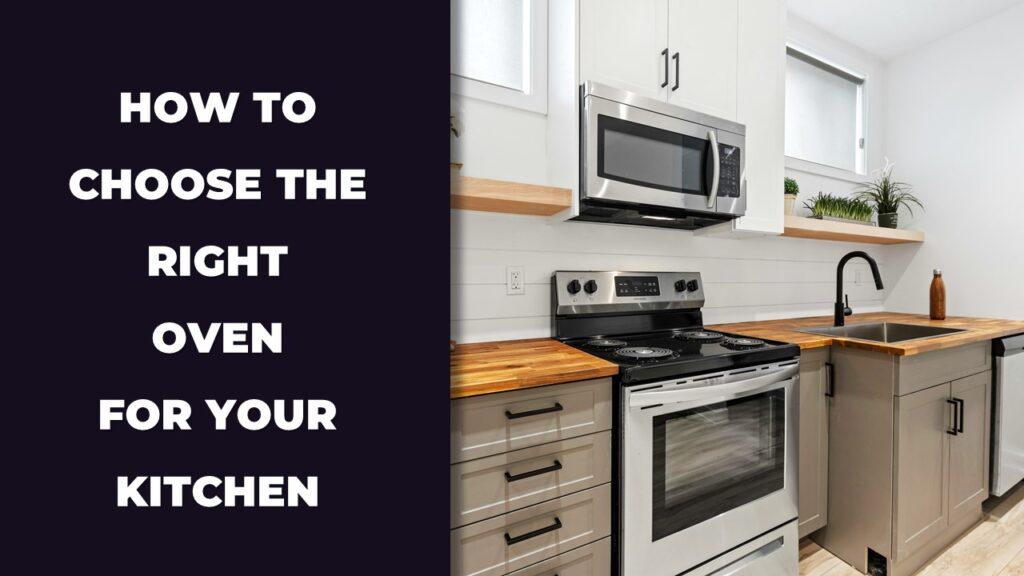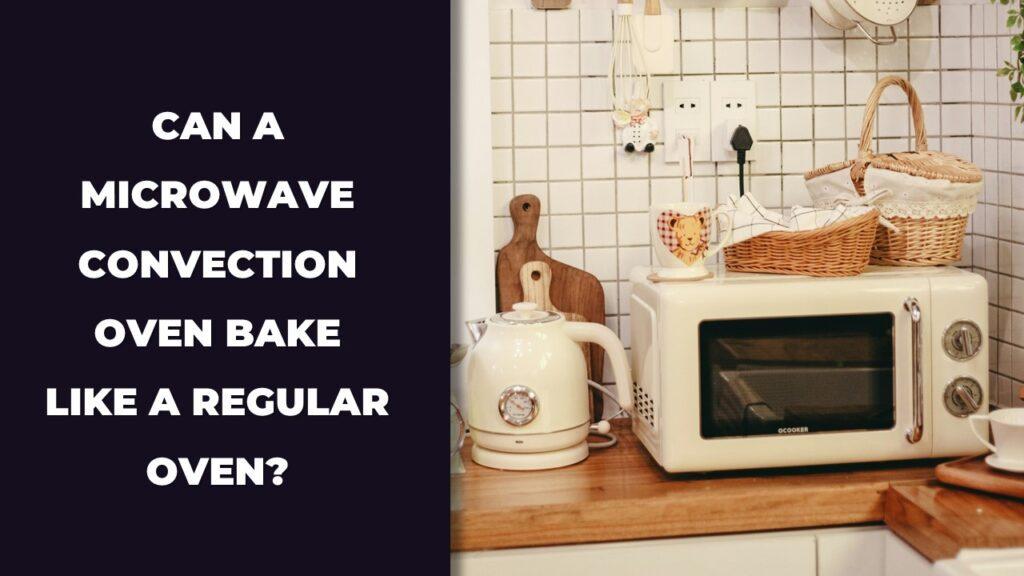
Yes, a microwave convection oven can bake like a regular oven, as long as you’re using the convection mode. It has a heating element and a fan that circulates hot air, helping your food cook evenly, brown nicely, and come out with that baked texture you’d expect from a full-size oven.
In this article, we’re going to break down how these ovens work, what you can bake in them, and when they’re a smart alternative to a regular oven.
What Is A Microwave Convection Oven?
A microwave convection oven is a two-in-one appliance that works as both a regular microwave and a convection oven. It heats food quickly using microwaves and can also bake or roast using a built-in heating element and fan that circulates hot air.
This combination gives you the speed of a microwave with the baking power of a traditional oven. You can heat leftovers in minutes, then switch to convection mode to make crispy pizza, golden cookies, or roasted vegetables. It’s a handy choice for small spaces or homes without a full oven.
Many convection microwaves also have combo settings that use microwave energy and hot air at the same time. This cuts down cook time while still giving you a nice texture on the outside. If you’re tight on kitchen space or just need an extra baking option, this type of microwave can cover a lot of ground.
How Does Convection Mode Work Inside A Microwave?
Convection mode works by turning your microwave into a mini oven. A heating element warms the air inside, while a built-in fan circulates that hot air around the food. This even heat flow allows your food to bake or roast more evenly than it would in a regular microwave.
Unlike standard microwave cooking, which heats food from the inside out, convection mode surrounds your dish with hot air. It preheats like a normal oven, then maintains that temperature during cooking. The steady air movement helps food cook thoroughly, brown evenly, and come out less soggy.
It’s especially helpful for foods that need a crispy top or well-baked texture, like pies, casseroles, or baked chicken. While it might not match the size or power of a full oven, convection mode gives you a reliable way to bake, roast, or crisp without firing up your main oven.
Baking Performance Compared To A Regular Oven
A microwave convection oven can bake many of the same foods as a regular oven, but the results can vary depending on the recipe and size of the appliance. It uses hot air circulation to mimic traditional oven baking, offering faster cook times and decent browning. Still, it may fall short in terms of capacity and evenness, especially with larger items.
While it’s a solid substitute for basic baking needs, it may not always match the exact texture or finish you’d get from a full-sized oven. Below, we’ll look at what you can actually bake, how the results compare, and what trade-offs you might want to consider.
What Can You Bake In A Convection Microwave Oven?
You can bake a wide range of foods in a convection microwave oven. Cakes, cookies, muffins, pies, and brownies all turn out well with the right settings. It also works for roasting vegetables, baking lasagna, or even cooking a small chicken.
That said, it’s best to stick with single-layer or small-batch items. Since the space is limited, large roasts or multiple trays won’t fit or cook evenly. Still, for everyday baking or quick meals, it handles most common recipes just fine.
Using the right bakeware also helps. Metal pans, shallow dishes, and convection-safe cookware give you the best results. Glass can work too, but it may need a bit more time.
Texture And Finish: Is It The Same As A Full Oven?
The texture and finish in a convection microwave can be close, but not always identical to a full oven. You’ll usually get good browning on cookies and crisp edges on baked pasta. Cakes and muffins also rise fairly well, especially when preheated properly.
However, the crust on bread may not be as firm, and the tops of baked goods might not brown as deeply unless you adjust the timing and placement. Heat circulation can be uneven in some models, especially those without a turntable or with weak airflow.
Still, for most people, the difference is small enough that it doesn’t matter much. Unless you’re baking for a crowd or making complex layered dishes, the results are more than good enough for everyday use.
Pros And Cons Of Baking In A Convection Microwave
Pros:
- Faster cooking time than a regular oven
- Energy-efficient for baking small portions
- Great for small kitchens, RVs, or dorms
Cons:
- Smaller interior limits the batch size
- Not suited for large roasts or multiple trays
- Some models may cook unevenly without rotating the dish
While it might not replace a full-size oven for everything, a convection microwave holds its own for basic baking. It’s a reliable option when space is tight or you just want something quick.
Step-By-Step: How To Bake In A Convection Microwave Oven
Here is the step-by-step process to bake in a convection microwave oven:
- Preheat the oven before placing your food inside
- Use convection-safe metal or glass bakeware
- Select the proper cooking mode (convection or combo)
- Lower your recipe temperature slightly and check food early
These steps help get better texture, even baking, and reliable results every time. Now let’s break each one down.
1. Preheat The Oven (Yes, You Should)
Just like a regular oven, your convection microwave needs preheating when baking. Skipping this step can leave your cookies undercooked or your cake uneven. Most models will show when they’re ready, often with a beep or a symbol on the display.
Preheating usually takes about 10 to 15 minutes, depending on the temperature. While it may seem like a hassle, it helps the oven stay consistent during baking and gives your food a better rise and finish.
If your model has an auto preheat setting, use it. If not, manually set the desired temperature, wait until it’s reached, then place your food inside. This small step makes a big difference in the results.
2. Use The Right Bakeware
The type of bakeware you use can make or break your results. For convection mode, metal pans work best—they heat quickly and give your food a nice brown edge. Shiny aluminum is especially good for cakes, cookies, and muffins.
Glass and ceramic dishes are also safe, though they may need slightly longer cooking times. Avoid plastic, even if it says “microwave safe,” since it’s not designed for high convection temperatures.
If your oven came with a convection rack, use it. It helps air flow under your dish, which leads to more even baking. And make sure nothing blocks the fan at the back of the oven.
3. Choose The Right Mode
Most convection microwaves have different settings like Microwave, Convection, or Combo (Microwave + Convection). For baking, you’ll want to use Convection mode only. The combo mode is better for roasting or speeding up cooking, not for precise baking.
Some ovens have auto menus for cake or pizza. These can be useful, but they aren’t always reliable for homemade recipes. It’s better to stick with manual convection settings so you stay in control.
Double-check your user manual if you’re not sure how to switch modes. Using the wrong setting can ruin your bake, especially for delicate recipes.
4. Adjust Temperature And Time
When using convection, it’s smart to lower the baking temperature by about 25°F compared to a standard oven recipe. So if your cookie recipe calls for 350°F, try 325°F in the convection microwave.
Because the fan moves hot air around, food tends to cook faster. Keep an eye on it the first time you try a new recipe. Use a toothpick or fork to test doneness if you’re unsure.
Also, don’t rely too much on the timer alone. Even a few extra minutes can dry out a cake or over-bake cookies. Once you get used to your oven’s quirks, timing becomes easier to manage.
Microwave Convection Oven Vs Regular Oven: Side-By-Side Comparison
A microwave convection oven can handle many baking tasks, but it’s not a perfect replacement for a full-sized oven. While both use hot air to cook, their size, heating strength, and features set them apart. A convection microwave is better for quick bakes and small meals, while a regular oven is better for larger portions and consistent performance.
Let’s compare them in more detail below.
Quick Comparison: Microwave Convection Oven vs Regular Oven
| Feature | Microwave Convection Oven | Regular Oven |
| Heating Method | Microwave energy + convection fan | Thermal or convection heating |
| Preheating Required | Yes (for convection mode) | Yes |
| Cooking Speed | Faster for small batches | Slower but consistent for large meals |
| Baking Capacity | Small to medium (1 dish at a time) | Large, multi-rack baking possible |
| Best For | Daily baking, small spaces, RVs, dorms | Large meals, holiday cooking, batch baking |
| Size | Compact, fits on countertop | Large, built-in or freestanding |
| Energy Usage | More efficient for short baking tasks | Higher energy use over long cooking times |
| Typical Use Cases | Cookies, pizza, small cakes, quick roasting | Bread, roasts, multi-tray desserts |
Key Differences In Design And Functionality
A regular oven is designed solely for baking, roasting, and broiling. It has larger heating elements, more space, and usually two racks. Heat is spread through either natural or forced air (in convection models), which helps maintain stable temperatures.
A microwave convection oven, on the other hand, combines a magnetron for microwave heating with a heating element and fan for convection. It’s smaller, portable, and multifunctional. You can switch between microwave and convection, or use both at once for certain recipes.
That versatility makes it great for multitasking, but it also means it’s not specialized for any one job. While it bakes well, it might not match the consistency of a traditional oven.
Cooking Capacity And Batch Size
Size is where the biggest difference shows. Regular ovens can hold multiple dishes at once, making them perfect for big families or batch baking. You can cook a whole turkey, two trays of cookies, or an entire casserole meal without cramping.
Microwave convection ovens are much smaller. Most can handle one 9-inch cake or a single tray of cookies. That’s enough for everyday needs but not great if you’re hosting a holiday dinner.
So while both can bake, the regular oven gives you much more room to work with and is easier to manage when you’re baking in bulk.
Which One Is Better For You?
If you bake often and need to cook large meals or multiple dishes at once, a regular oven is the better choice. But if you’re tight on space, cook in small batches, or want a flexible appliance for both reheating and baking, a microwave convection oven is a great fit. The best option depends on how you cook and how much room you have.
| Your Cooking Style / Need | Best Option |
| Small kitchen, RV, or dorm | Microwave Convection Oven |
| Need to bake large meals or multiple trays | Regular Oven |
| Want fast cooking with crisp results | Microwave Convection Oven |
| Bake frequently for a family | Regular Oven |
| Looking for an extra baking appliance | Microwave Convection Oven |
| Roast or bake large portions often | Regular Oven |
| Need one device that can bake and reheat | Microwave Convection Oven |
Common Mistakes To Avoid When Baking In A Convection Microwave
Many baking issues in convection microwaves come down to a few common mistakes. These include skipping preheating, using the wrong cookware, and selecting the wrong mode. Avoiding these problems helps your baked goods cook evenly and come out with the right texture.
- Skipping Preheat Time: Putting food into a cold oven affects rise, texture, and timing.
- Using Plastic or Non-Oven-Safe Bakeware: Always stick to metal, glass, or ceramic pans made for oven use.
- Choosing the Wrong Mode: If you’re baking, use the convection mode only—not the regular microwave setting.
- Placing Food Too Close to the Fan: Keep food centered so air can circulate properly.
- Not Rotating the Dish Midway: Some units have uneven airflow. Turning the dish can help fix hot spots.
Expert Tips For Better Baking Results
To get the best results when baking in a convection microwave oven, a few simple tips go a long way. These suggestions help your baked goods rise better, brown evenly, and cook all the way through.
- Preheat Every Time: Wait until the oven reaches temperature before putting your dish inside.
- Use a Shallow Pan: Shallow pans allow better airflow and help brown the top and edges.
- Don’t Overload the Oven: Bake one item at a time to avoid blocking airflow.
- Keep an Eye on Bake Time: Food often finishes faster, so check early to avoid overbaking.
- Use the Convection Rack (If Provided): It lifts the dish so hot air flows all around.
- Keep the Fan Area Clear: Leave space at the back of the oven so hot air can circulate properly.
Final Verdict
A microwave convection oven can absolutely handle many of the same tasks as a regular oven. It bakes cookies, cakes, and casseroles well when used correctly. For everyday cooking, it’s more than capable and can easily fit into your routine.
But if you bake in large quantities, or you regularly use multiple trays at once, a full-sized oven still has the edge. Its size, power, and consistency make it better for big meals, bread making, and batch baking.
So, can a microwave convection oven bake like a regular oven? Yes, for most day-to-day tasks. It’s a practical, space-saving solution for small kitchens, dorms, RVs, or even as a second oven in busy homes.
Related FAQs
Can I Bake A Full-Size Cake In A Convection Microwave?
Yes, you can bake a full-size cake if it fits the oven cavity. Use convection mode, preheat properly, and place the pan on the convection rack for even baking.
Do I Need To Preheat My Convection Microwave Oven Before Baking?
Yes, always preheat before baking in convection mode. This helps maintain consistent heat and gives better rise, browning, and texture in your baked goods.
Can Metal Pans Go Into A Convection Microwave?
Yes, metal pans are safe in convection mode only—not in microwave mode. They help conduct heat well, making them ideal for baking cookies, cakes, and roasting.
Why Does My Food Cook Faster In A Convection Microwave?
The circulating hot air in convection mode speeds up cooking by evenly distributing heat. This reduces baking time and often gives crispier or more browned results.
Is It Safe To Use Parchment Paper Or Foil?
Yes, you can use parchment paper and foil in convection mode, but avoid letting foil touch the oven walls or fan. Never use either in regular microwave mode.

At our core, we’re a group of passionate households and gardening tools and appliances users and enthusiasts. We dive deep into the world of tech, especially when it’s about your household or gardening electric items. We try to provide as much value to the readers with our information and how to blog articles as possible. For affiliate articles our honest and transparent reviews of essential tech products are rooted in real-world experience. We take great satisfaction in offering unbiased evaluations, ensuring that you can make informed decisions when investing in your desired techs.

